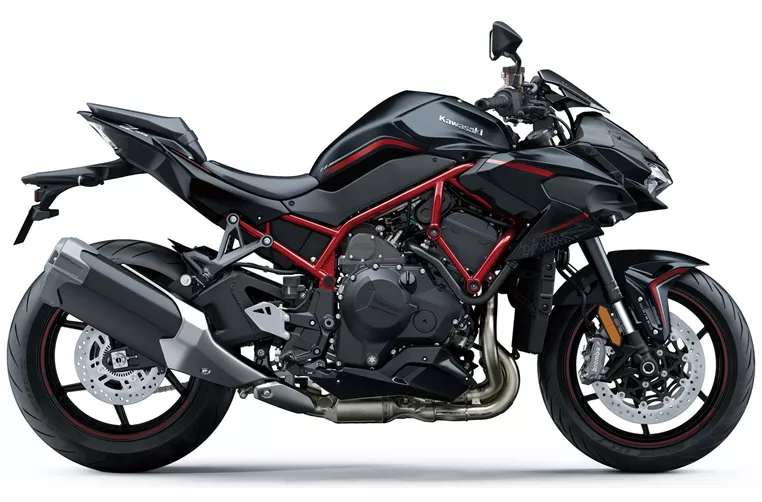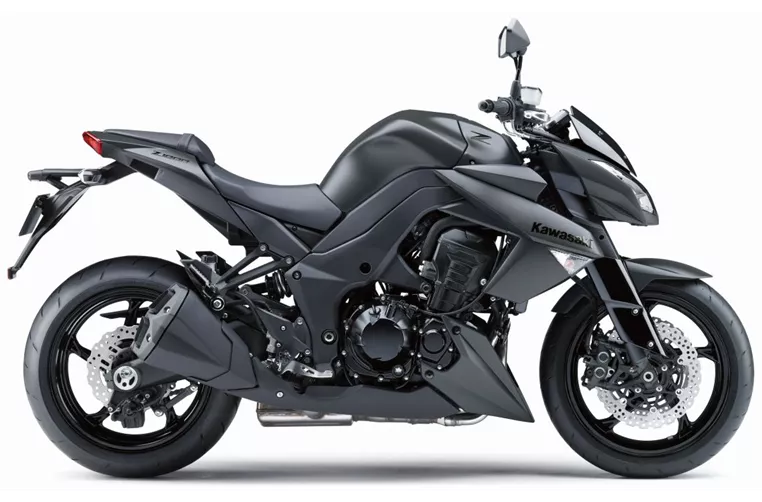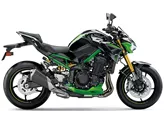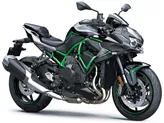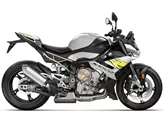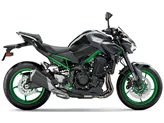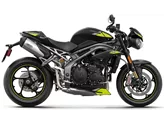Kawasaki Z H2 2020 vs. Kawasaki Z1000 2013
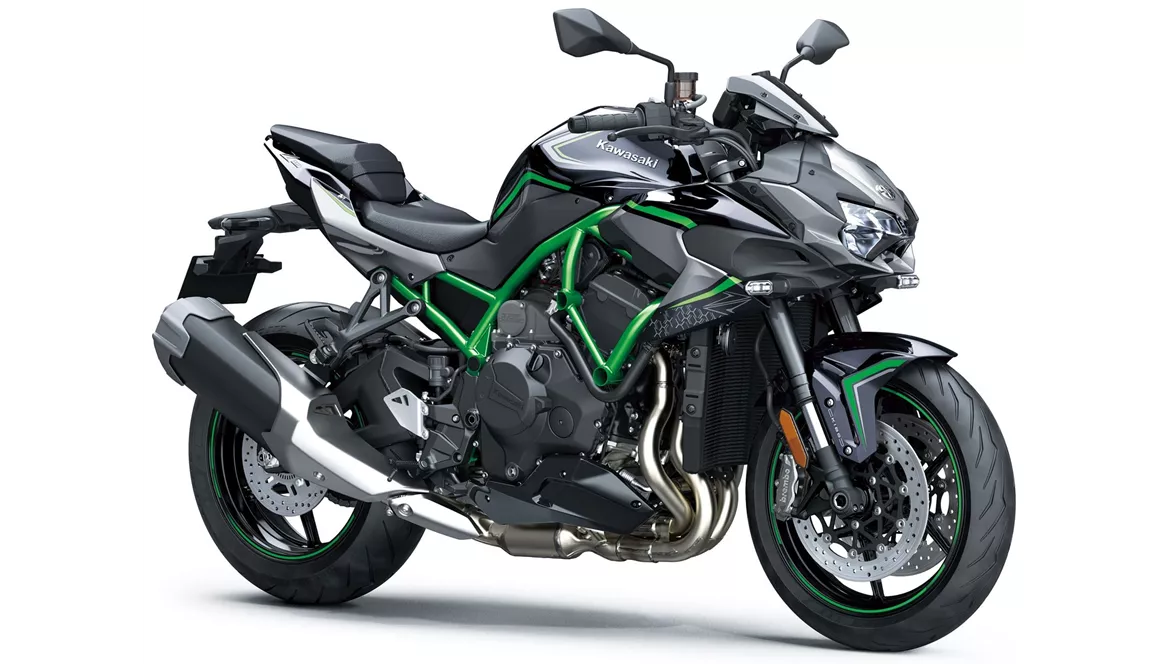
Kawasaki Z H2 2020

Kawasaki Z1000 2013
Visão geral - Kawasaki Z H2 2020 vs Kawasaki Z1000 2013
The Kawasaki Z H2 2020 is equipped with a powerful inline engine that delivers 200 horsepower and 137 Nm of torque. It has a displacement of 998cc and features liquid cooling. The bike has a 4-cylinder configuration, which contributes to its impressive performance.
In terms of suspension, the Z H2 2020 comes with a telescopic fork that can be adjusted for compression, preload, and rebound. The rear suspension also offers the same adjustability options. The chassis of the bike is made of steel and features a tubular frame, providing stability and durability.
When it comes to braking, the Z H2 2020 is equipped with dual disc brakes at the front, with four-piston calipers. The brakes utilize radial and monobloc technology, ensuring efficient and reliable stopping power. The bike has a front tire width of 120mm and a rear tire width of 190mm, both with a diameter of 17 inches. The wheelbase measures 1455mm, and the seat height is 830mm. The fuel tank has a capacity of 19 liters.
On the other hand, the Kawasaki Z1000 2013 also features an inline engine, but with a slightly lower power output of 138 horsepower and 110 Nm of torque. The displacement of the engine is 1043cc, and it also has liquid cooling. Similar to the Z H2 2020, the Z1000 2013 has a 4-cylinder configuration.
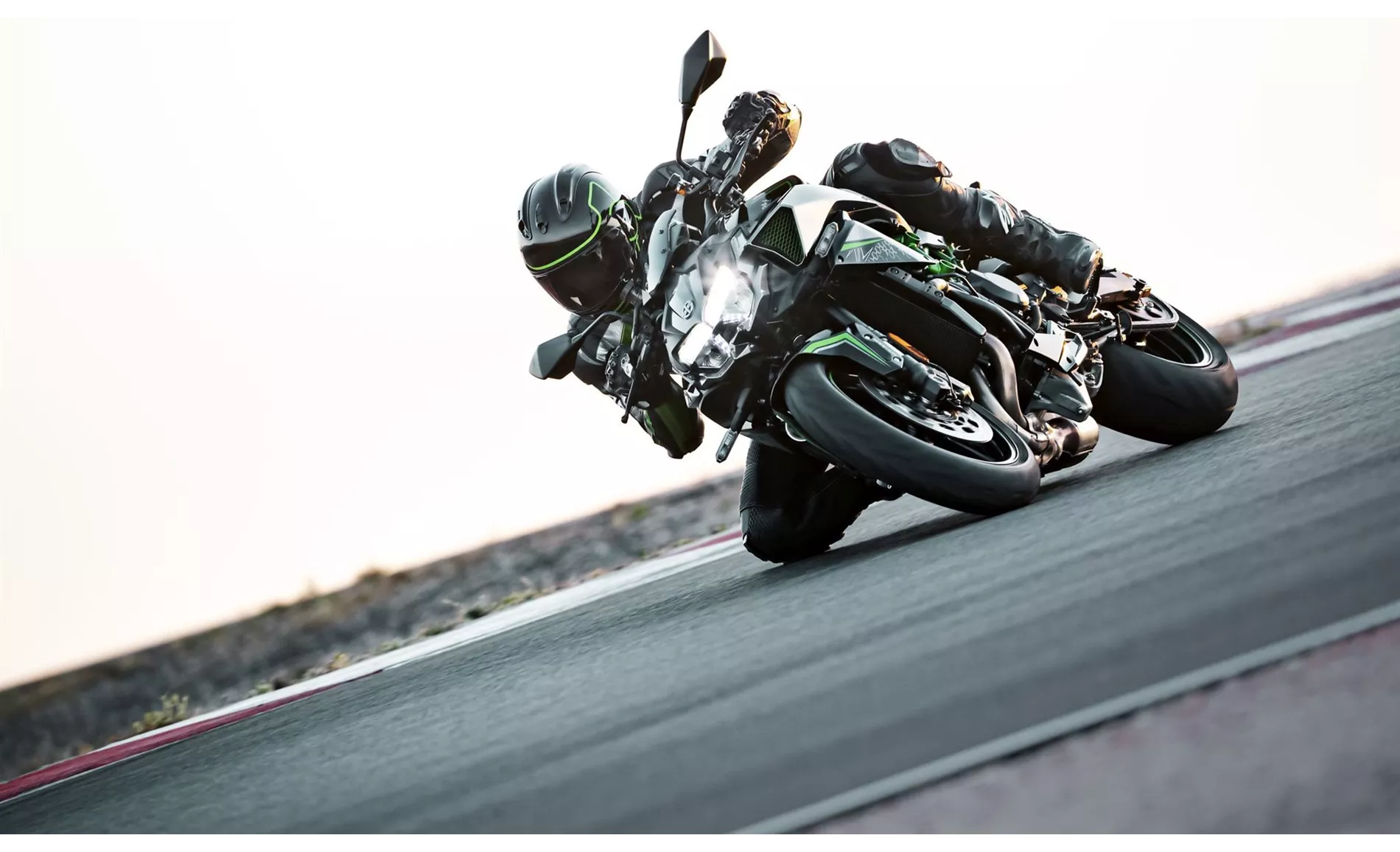
Kawasaki Z H2 2020
The suspension of the Z1000 2013 consists of a telescopic fork at the front, which can be adjusted for compression, preload, and rebound. The rear suspension offers the same adjustability options. The chassis of the bike is made of aluminum and features a double cradle frame.
In terms of braking, the Z1000 2013 is equipped with dual disc brakes at the front, with four-piston calipers. The brakes utilize radial and petal technology, providing reliable stopping power. The tire dimensions and wheelbase are the same as the Z H2 2020, with a front tire width of 120mm, a rear tire width of 190mm, and a diameter of 17 inches. The seat height is slightly lower at 815mm, and the fuel tank has a capacity of 15 liters.
In terms of strengths, the Z H2 2020 offers an unmatched motor and total power, with an easy-to-control power unit. The bike also provides a comfortable riding position and high levels of comfort for a naked bike. Despite its extravagant performance, it can be ridden effortlessly on a daily basis. The sound of the bike is quiet but charismatic, and it offers stable and transparent handling.

Kawasaki Z1000 2013
The Z1000 2013, on the other hand, has a powerful engine and a rich sound. It also boasts a unique design that sets it apart from other bikes in its class.
In terms of weaknesses, the Z H2 2020 has a gear lever that can be slow in shifting gears, and the suspension damping can become a bit soft during aggressive riding. Additionally, some may feel that the exclusive nature of the bike warrants exclusive components throughout.
The Z1000 2013 lacks traction control and has a somewhat nervous chassis.
In summary, the Kawasaki Z H2 2020 offers a more powerful engine, better suspension adjustability, and a larger fuel tank compared to the Kawasaki Z1000 2013. However, the Z1000 2013 has a unique design and a rich sound. Both bikes have their strengths and weaknesses, and the choice between them ultimately depends on the rider's preferences and priorities.
Especificações técnicas Kawasaki Z H2 2020 em comparação com Kawasaki Z1000 2013
Prós e contras em comparação
Prós e contras em comparação
Kawasaki Z H2 2020
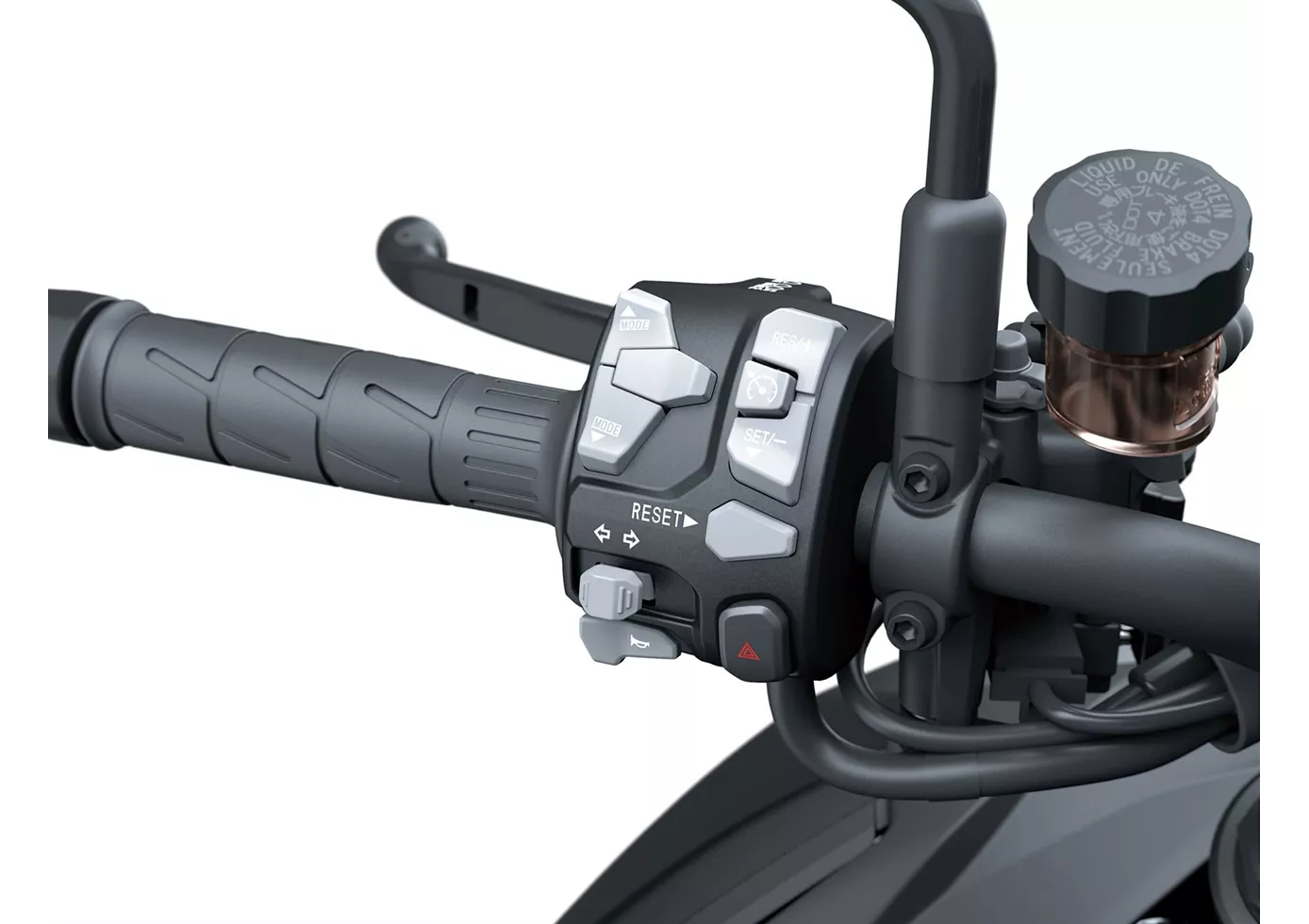
A fascinante unidade de potência da Kawasaki não inspira apenas como motivo para as cartas do quarteto ou na mesa dos clientes habituais. O motor é feito para uso prático. No selim da moto, pode desfrutar do impulso em todas as situações. Os comandos do acelerador são executados diretamente, de forma intensa mas também controlável. No entanto, a moto não é um desportista atlético, mas sim uma moto naked robusta. Ela sempre pontua quando a soberania e o poder são necessários.
Kawasaki Z1000 2013
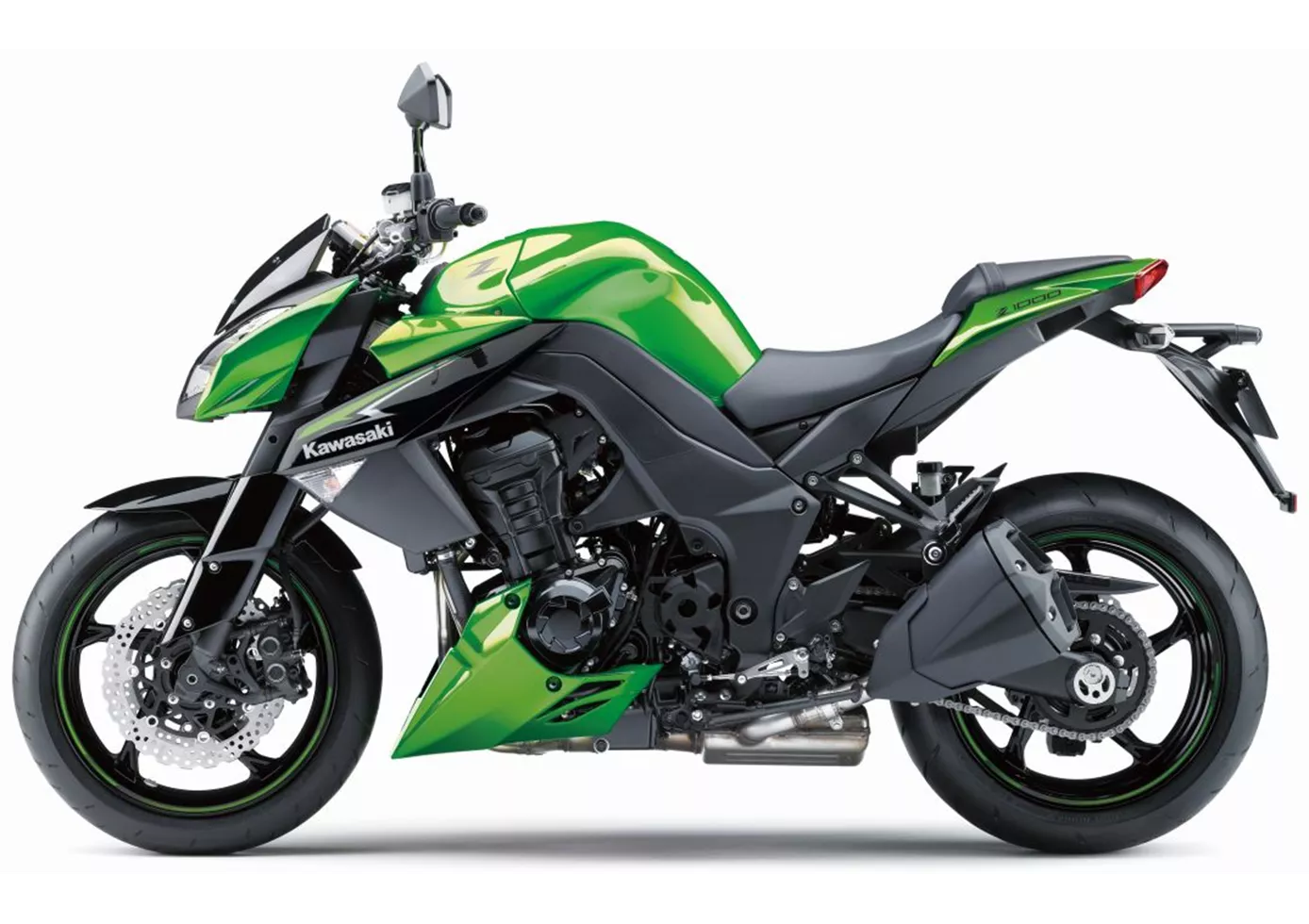
Em suma, a nova Z1000 é uma evolução bem sucedida da sua antecessora. A falta de controlo de tração é mais um problema de marketing do que um problema para os clientes finais.
Comparação de preços Preço médio de mercado Kawasaki Z H2 vs Kawasaki Z1000
There are a few key differences between a Kawasaki Z H2 2020 and a Kawasaki Z1000 2013. In terms of price, the actual average price of a Kawasaki Z H2 2020 is about 78% higher. A Kawasaki Z H2 2020 experiences a loss of 4.250 BRL in one year of ownership. This is offset by a loss of 4.900 BRL for a Kawasaki Z1000 2013. Compared to Kawasaki Z1000 2013 there are more Kawasaki Z H2 2020 bikes available on the 1000PS.de Marketplace, specifically 10 compared to 4. It takes less time to sell a Kawasaki Z1000 with 69 days compared to 148 days for the Kawasaki Z H2. Since model year 2020 1000PS.de editors have written 14 reviews for the Kawasaki Z H2 and 41 reviews for the Kawasaki Z1000 since model year 2005. The first review for the Kawasaki Z H2 was published on 10/10/2019 and now has more than 82.500 views. This compares to more than 5.800 views for the first review on Kawasaki Z1000 published on 02/09/2002.
